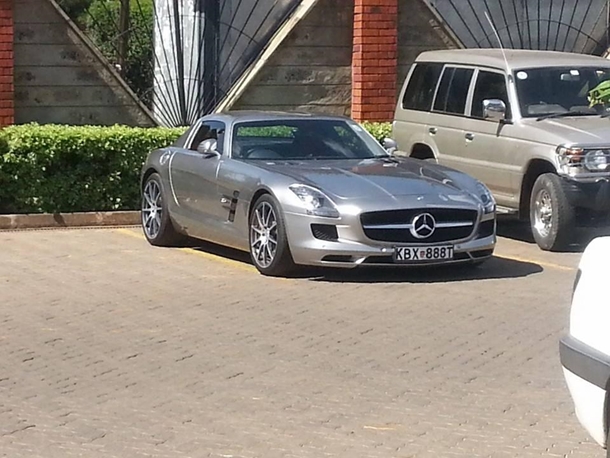Matatu owners can breathe a sigh of relief after the transport sector regulator gave them a window to comply with new bus body standards meant to enhance safety and comfort in the public service vehicle industry.
The National Transport and Safety Authority (NTSA) had earlier given the vehicle owners a timeline of up to May 22 to comply with its new rules which would have seen them redesign floors levels, width of gangways, seating layout, hand rails and hand holds to boost passenger comfort levels.
Other parameters which were marked for change are lighting and illumination, emergency exits, fire safety and dimensions of overhead luggage racks. The new code is meant to compel vehicle body builders to embrace best practices such as strong seat anchorage, use of materials such as fibre glass, and use of plastics rather than heavy metals on seat handles.
NTSA boss Francis Meja said buses already on the road will be given an undefined grace period to re-engineer their bodies as per the new rules which took effect on May 22, 2017.
“For the existing buses, we’re discussing a window for them to comply,” Mr Meja told the Business Daily.
“We’ll start with enforcing standards for new buses seeking registration.” But matatu owners have sharply differed with the regulator saying imposing new rules retrospectively amounts to punishing them.
“Who is going to finance this? We complied with the standards as they were then. You can’t blame owners for this,” said Simon Kimutai, chairman of Matatu Owners Association, a lobby of PSV entrepreneurs.
Rising Fatalities
“This is not viable. If a minibus is currently worth less than Sh1 million, who will put in excess of its value to build a new body?” posed Mr Kimutai in an interview.
Official data shows that the number of PSV licences issued increased by 9.3 per cent to 33,349 in 2016 from 30,506 in 2015.
About half of these are for large capacity matatus known as minibuses (7,210) and buses (8,213), according to NTSA data.
The new body building standards, technically known as KS 372, were jointly developed by NTSA, the Kenya Bureau of Standards, and the Kenya Accreditation Service.
Body builders have warned that bus owners will have to bear the cost of fabricating new coaches because it is impossible to re-model existing bodies to the new standards.
“You have to knock out the entire body. It needs a complete demolition. The existing body essentially becomes scrap metal,” said David Machio, general manager at Kenya Coach Industries.
It costs an average of Sh1.5 million to build the body for a mini bus and more than Sh2 million for large buses, according to Mr Machio. Building a bus body takes 30 days for smaller buses and about 45 days for large coaches, he added.
The move to enforce a new bus body standards code is informed by the rising number of fatalities on Kenyan roads blamed on poor workmanship on bus bodies which expose passengers to harm.



![[PHOTOS] Top 20 Used Cars to Avoid Buying in Kenya](../../../blog/wp-content/uploads/2013/11/top-used-unreliable-cars-to-avoid2-100x70.jpg)




